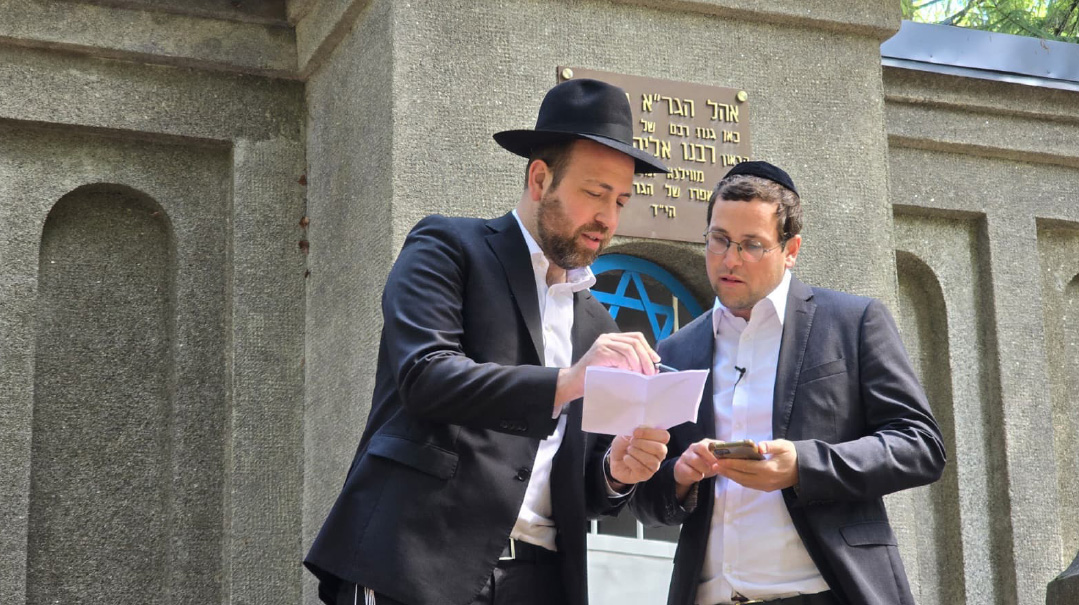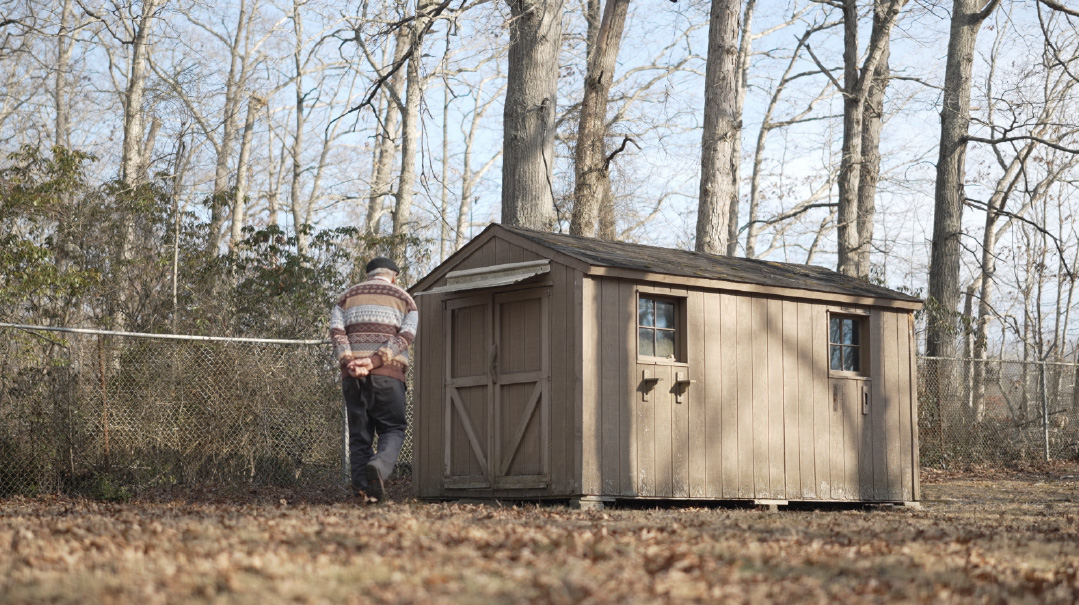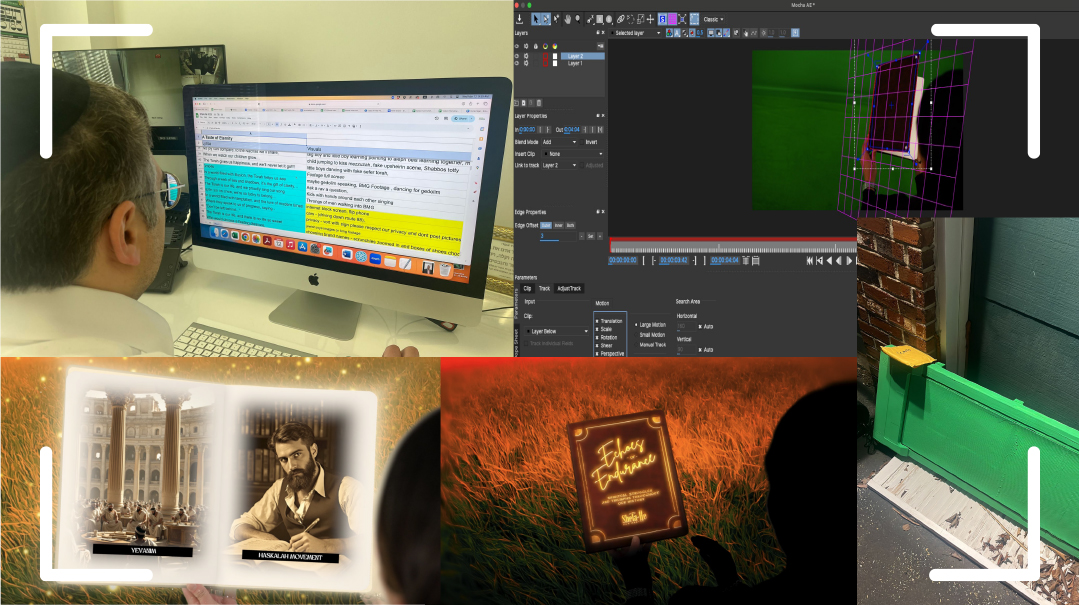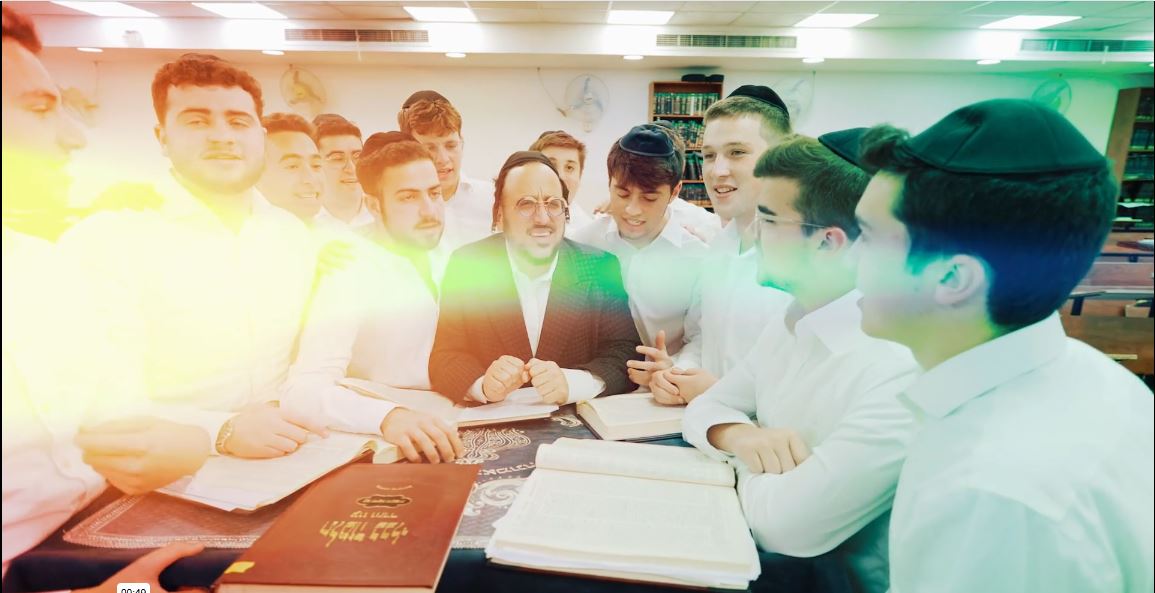Client: Guard Your Eyes
| October 13, 2024“What if instead of focusing on what people with addiction are struggling with, we show the positive moments that GYE can help them tap into?”

Client: Guard Your Eyes
Objective:Create a positive feature for a fundraising campaign
Film locations: Two locations in Lakewood, New Jersey (our green screen studio and a residential home), as well as a home in Brooklyn, New York
Project Deadline: Aseres Yemei Teshuvah, 5785
The Proposal
Guard Your Eyes (GYE), an organization that helps people who are struggling with inappropriate internet use, runs an annual fundraising campaign this time of year.
In the past, their feature videos reflected their marketing in general, which takes an almost fear-based approach, highlighting the scope of the issue and telling the viewer, “It can be your neighbor, your spouse, your family member” — all in an effort to stir people from complacency. Though their videos have been powerful, GYE felt the overall approach needed to be adjusted, because while fear can motivate, it doesn’t engender long-term good feelings toward the organization itself.
“When people see our name in an ad, we don’t want them to associate that with guilt and shame, rather of positive change,” a GYE marketer told us on the call.
They wanted a fresh approach, something to help them rebrand in a more “likable” light.
This wasn’t a simple ask, because the fear-based approach is the intuitive direction for this type of organization, so we told them we’d think it over.
Moments
It was senior production manager Moshe Niehaus who had the flash of inspiration.
“What if instead of focusing on what people with addiction are struggling with, we show the positive moments that GYE can help them tap into? Don’t highlight the guilt they have now — instead, bring out the beauty of the life they’ll soon lead thanks to help from GYE.”
I thought it was a fantastic idea, allowing us to share GYE’s successes in a refreshingly positive way. GYE liked the direction as well, and we got to work ironing out how this would play out in the video.
“What we really need to do is highlight those moments that make for lasting memories,” Moshe suggested. “A child’s bris, putting on his tefillin for the first time, walking him down to the chuppah; real milestones everyone wants to celebrate — and be present in the moment.”
The plan was to put together something that would help viewers identify with the emotion of these moments — and, of course, that would encourage them to help GYE grant these moments to people who, because of their addiction struggles, could not enjoy them.
Oops! We could not locate your form.







